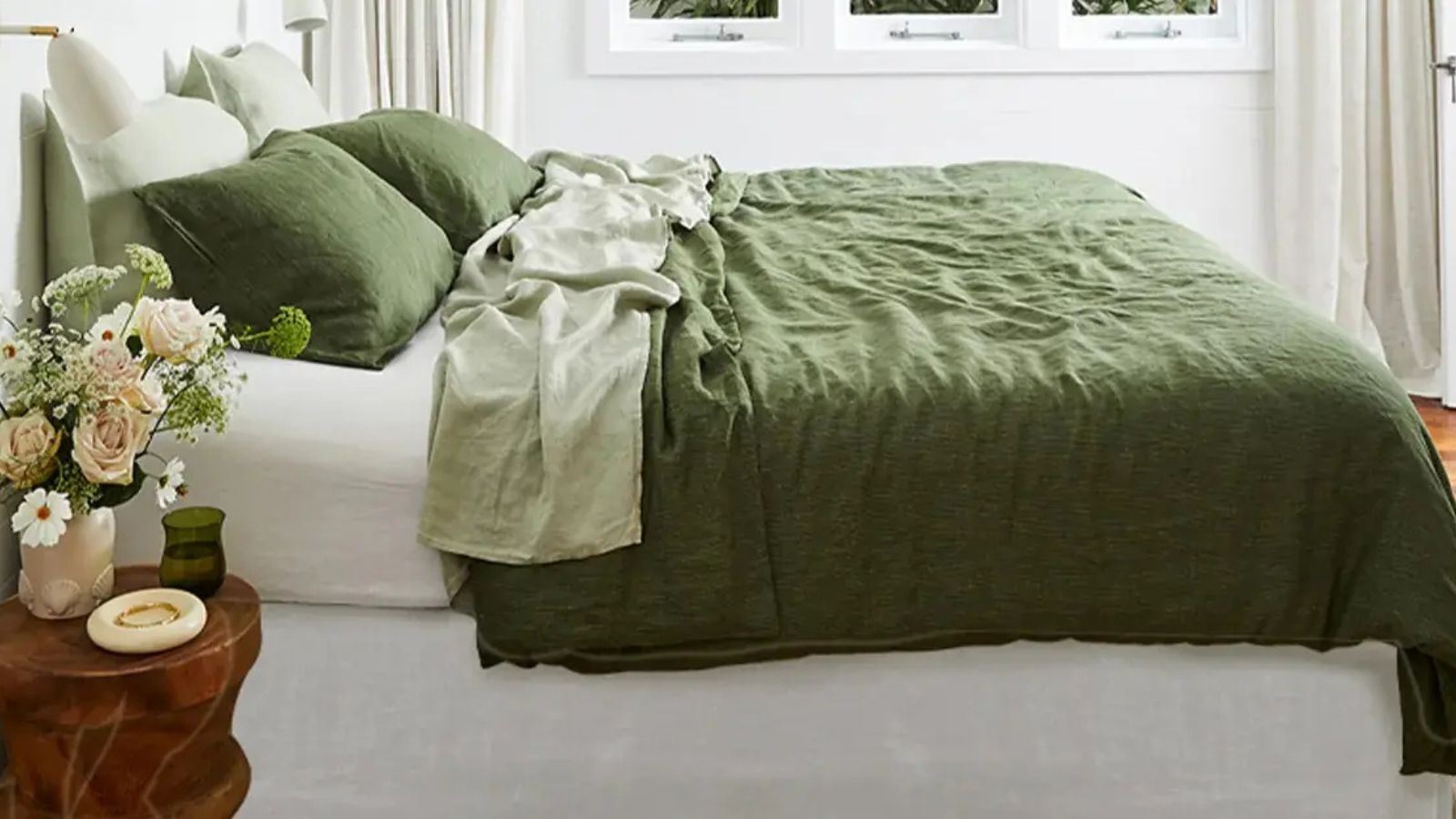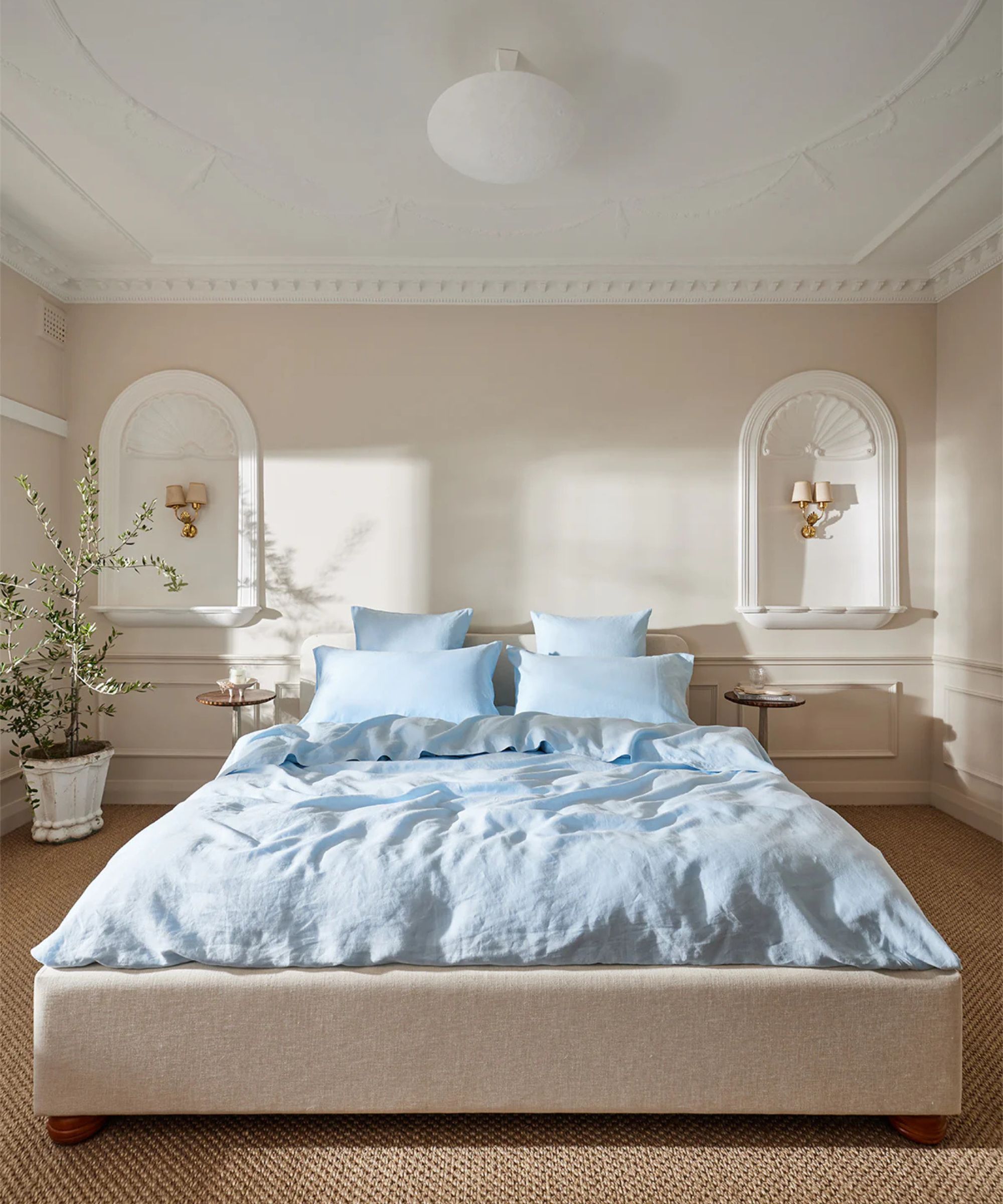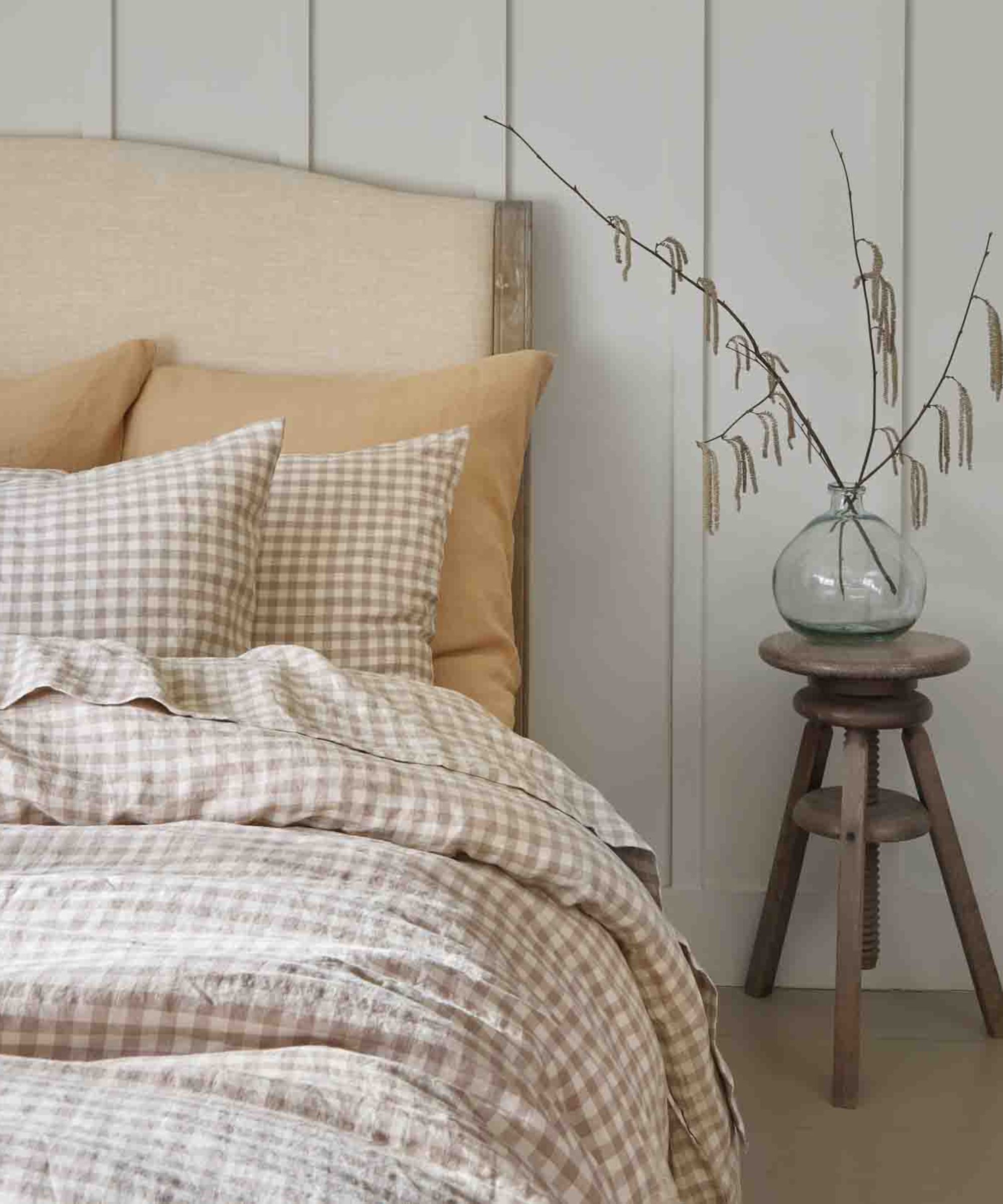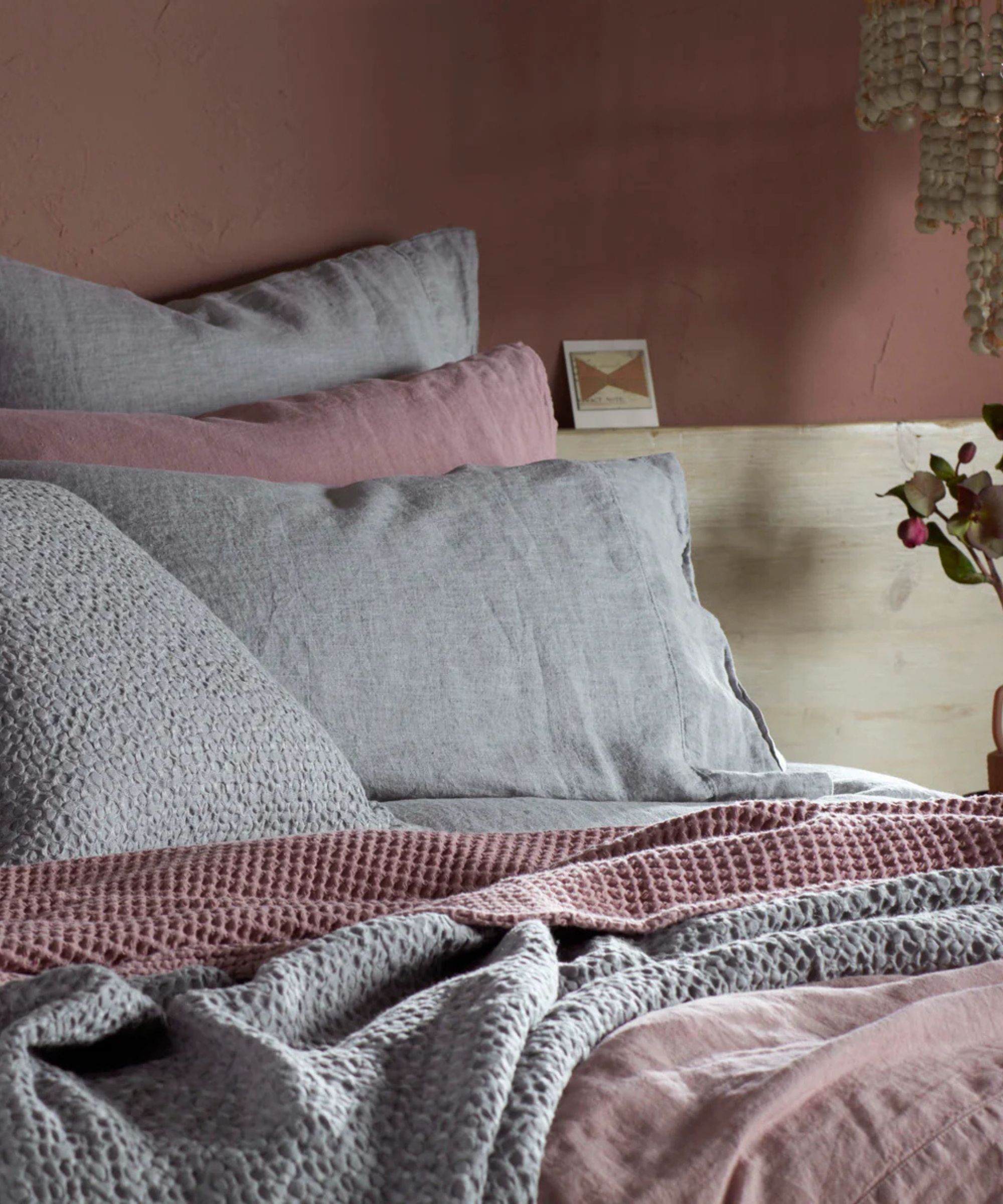
Color makes a major difference to the look and feel of your bedroom. Lighter shades make a space feel bright and airy, whereas darker hues have a cozy, cocooning effect. Since your bedspread is one of the largest exposed surfaces in your bedroom, it's important to choose the right color for your bed sheets.
If you want to know how to sleep better, then it's time to learn about color theory. The best bed sheets should not only complement your color palette to make your bedroom look good, but they should settle your circadian rhythm, ready for sleep, to make your mind and body feel good.
I asked an expert panel of interior designers and sleep scientists which bed sheet colors improve sleep – and which bed sheet colors to avoid if you want a longer, more restful slumber.
Bed sheet colors to improve sleep, according to experts
First, a few words on color psychology from clinical psychologist, Dr. Leah Kaylor: 'The selection of bed sheet color can significantly influence sleep quality and emotional well-being, as different hues evoke distinct psychological responses. Understanding the impact of various colors can aid in creating a bedroom environment conducive to rest and relaxation.'

According to bedding designer Parima Ijaz, the brains behind the luxury bedding brand Pure Parima, 'cooler shades, such as blues, greens, and grays, are often associated with calmness and relaxation.'
'Warmer tones, such as reds, oranges, and yellows are more stimulating, keeping you awake and alert rather than sending you to sleep,' Parima continues. 'For a soothing sleeping environment, I recommend choosing soft, cool colors that can calm your mind and prepare you for a restful sleep.'

Artem Kropovinsky, principal interior designer at Arsight Studio, favors a more muted palette: 'Beige together with taupe and soft terracotta tones creates a relaxing atmosphere that promotes better sleep.'
'Neutral, natural tones lend warmth without excessive stimulation,' Artem continues, 'Which makes them suitable for people who want warmer tones in their bedroom spaces.' It's also worth knowing that neutral bedding should make your bedroom look bigger, as the lighter colors make the ceilings and walls look further away.
Sitting pretty at the top of our 'best bed sheets' buying guide since its inception, the Brooklinen Luxe Core Sheet Set feels silky and smooth against your skin and stands up to countless cycles in the washing machine. Available in a wide array of colors, this sheet set looks best in warm neutrals, such as Driftwood.
I like the texture of linen − less slippery than cotton sateen, with more structure − but I'm keen to experiment with color. That's why I built my own bedding bundle with Piglet in Bed. I chose to color-drench in calming sage green, but you could mix and match between warm and cool hues, subtle stripes, and gingham prints.
Bamboo is the best bed sheet type for hot sleepers and eco-conscious shoppers. Naturally thermoregulating and moisture-wicking, the Cozy Earth Bamboo Sheet Set is ideal for anyone who suffers from night sweats or hot flashes. I like the clean, classic charm of Shore Blue, but this sheet set is also available in Oat, Dove Gray, and Walnut, among others.
Dr. Leah recommends calming color palettes to improve sleep. Here are a few of her favorite color combinations to inspire your thinking.
- Classic whites and neutrals: 'Clean and timeless, the best white bed sheets work well with minimalist and modern designs, while neutrals provide a blank canvas for colorful accents.'
- Soft blues and whites: 'Calming and serene, this combination creates a spa-like atmosphere.'
- Light pink and gray: 'This combination provides a balance of softness and sophistication: pure feminine energy.'
- Greens and terracotta: 'This earthy combination reflects the beauty of nature to create a cozy, grounded environment.'
- Yellow: 'Typically associated with warmth and positivity. However, bright shades of yellow may be too overstimulating. Stick to softer tones, such as honey, rather than bright sunshine yellow for quality rest.'
While you can make most colors work in the bedroom, Dr. Leah has one hard 'no': 'Red is most often associated with passion and energy. Red can also stimulate the senses, which may hinder relaxation and sleep. I would not recommend red bedding for nightly quality sleep.'
FAQs
Why are certain colors better for sleep than others?
According to Dr. Leah Kaylor, a licensed psychologist who specializes in sleep, it's all to do with the production of the sleep hormone, melatonin. 'Exposure to bold colors, such as bright whites, blues, reds, and neons, can suppress its production, making it harder to fall asleep,' explains Dr. Leah. 'By contrast, soft, warm neutrals (think taupe, beige, muted pink) do not interfere with melatonin release, so they're better for sleep.'

Should I choose light or dark bed sheets?
Whether you choose light or dark bed sheets depends on the sort of atmosphere you want to create in your bedroom. Dark colors are better at absorbing light, so they shouldn't interfere with the production of melatonin. Dark bed sheets make a bedroom feel cozy, if a little cramped. Bright colors reflect light, which makes a bedroom feel more open and airy. Too bright, however, and your brain and body might start to believe it's daylight, inhibiting the production of melatonin and making you feel more alert and awake.
Don't be afraid to mix your bed sheets to create a bespoke bedspread with tonal highs and lows. White and neutral combinations are classic for a reason, but you could always break it up with calming blues and greens or earthy tones of clay and terracotta.







